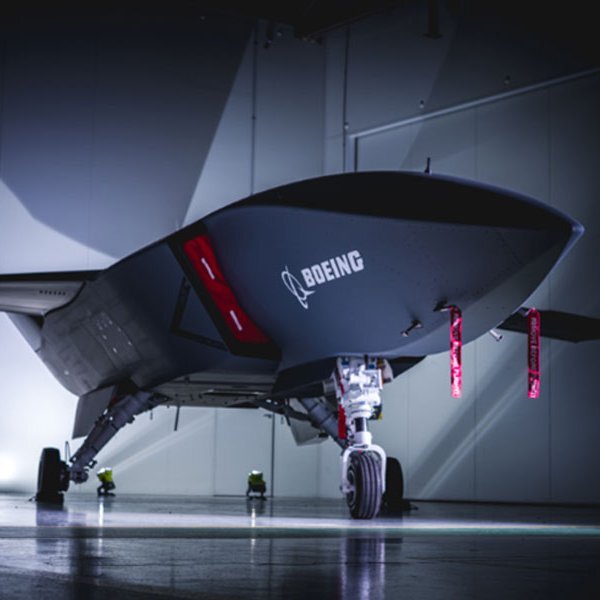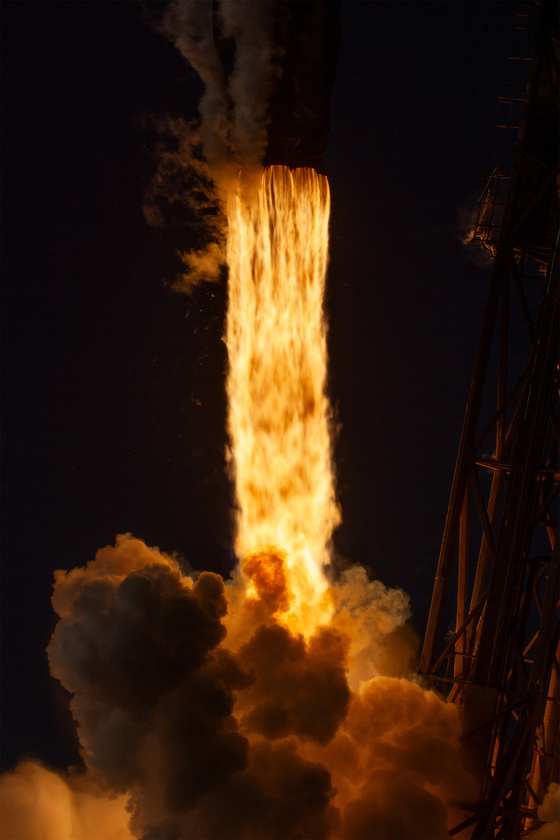President Donald Trump unveiled U.S. military's 6th generation F-47 fighter jet in Oval Office announcement Friday. The initial $20 billion contract to develop the F-47 was awarded to Boeing, marking a significant advancement in U.S. air dominance capabilities. Trump was flanked by Defense Secretary Pete Hegseth, Air Force Chief of Staff Gen. David W. Allvin, and Lt. Gen. Dale R. White, military deputy to the Assistant Secretary of the Air Force for Acquisition, Technology, and Logistics.
Trump emphasized that the F-47 is the "most advanced, most capable, most lethal aircraft ever built," and that an experimental version has been secretly flying for nearly five years. "America’s enemies will never see it coming," he said, and adding that the aircraft "massively overpowers the capabilities of any other nation." The president also noted that the F-47 will "strengthen our global position, keeping our enemies off-balance and at bay."
U.S. Air Force has planned billions of dollars in the Next-generation Air Dominace, NGAD’s research and development in the coming years. F-47 is expected to be the most advanced fighter jet in history and America’s first sixth-generation fighter.
Boeing beat out Lockheed Martin to build the world’s first sixth-generation fighter, which the Air Force said will be faster, more maneuverable, and more stealthy than anything built to date. “It’s something the likes of which nobody has seen before,” Trump said. “In terms of all of the attributes of a fighter jet, there’s never been anything even close to it, from speed to maneuverability to what it can have, to payload.”
The engines competing to power the NGAD—GE’s XA102 and Pratt & Whitney’s XA103—have passed design reviews for the Next-Generation Adaptive Propulsion program. Those power plants have new technology that allows increased thrust and range.
Hegseth highlighted that the F-47 sends a "very direct, clear message to our allies that we’re not going anywhere and to our enemies that we will be able to project power around the globe unimpeded for generations to come." He also addressed the recent attacks on Tesla dealerships, referring to the perpetrators as "terrorists," and denied any war talk during Elon Musk’s visit Friday, to the Pentagon.
Allvin described the F-47 as the "crown jewel in the next generation air dominance family of systems" and emphasized that it will provide the president with more options for quick responses and deterrence.
He said "Despite what our adversaries claim, the F-47 is truly the world’s first crewed sixth-generation fighter, built to dominate the most capable peer adversary and operate in the most perilous threat environments imaginable." Allvin also mentioned that the Air Force has been flying experimental planes for the last five years, laying the foundation for the F-47.
A major feature of the F-47 will be its ability to coordinate and control CCAs. Trump made reference to the CCA program in his Oval Office remarks, saying the F-47 will be able to fly with “many, many drones,” and Allvin also reiterated their importance.
“We believe that this [F-47] provides more lethality,” he said. “It provides more modernized capability in a way that is built to adapt. This, along with our Collaborative Combat Aircraft the President talked about with drones, this is allowing us to look into the future and unlock the magic that is human-machine teaming. And as we do that, we’re going to write the next generation of modern aerial warfare. This enables us to do this. The manner in which we put this program together puts more control in the hands of the government, so we can update and adapt at the speed of relevance, at the speed of technology.”
The service’s first CAAs—General Atomics’ YFQ-42A and Andruil Industries’ YFQ-44A—will fly this summer and are designed to carry missiles, but the role of future versions of drones will likely be expanded to expand to a variety of missions, such as electronic warfare, sensing, and more.
The aircraft will likely pair with the F-35 as the backbone of the Air Force fighter fleet for decades to come. The F-35 is a multirole, fifth-generation plane designed primarily for air-to-ground and sensing, while NGAD has been described as an air-to-air fighter that can operate in contested environments, such as the airspace near China.
Boeing’s selection is a major coup for the firm which has faced cost overruns, delays, and issues on the VC-25B presidential aircraft, KC-46 Pegasus tanker, the T-7A Red Hawk trainer, as well as its space and commercial aircraft programs. It has drew the ire of Trump over delays on the VC-25B—a.k.a. the new “Air Force One”— he renegotiated the price of the aircraft with Boeing during his first term.
The Air Force said the F-47 will fly during the Trump administration, which ends in January 2029.
















